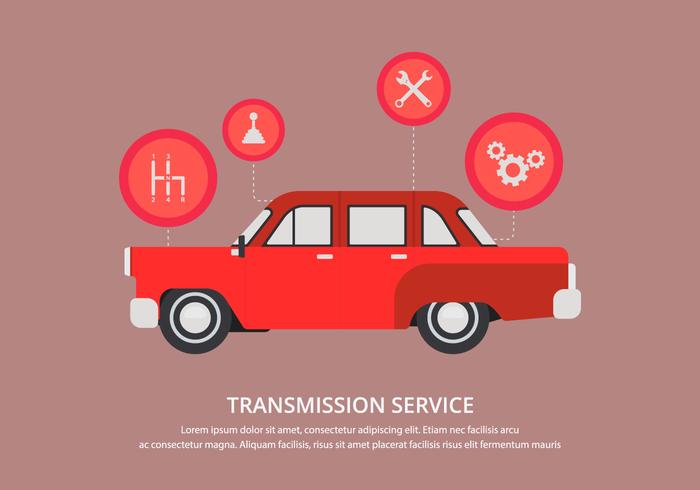Understanding The Relevance Of Your Automobile'S Warning Signals: What They In Fact Represent
Understanding The Relevance Of Your Automobile'S Warning Signals: What They In Fact Represent
Blog Article
Post Written By-Lim Torres
When you lag the wheel, those glowing caution lights on your control panel can be a little bit perplexing. Do you understand what they're attempting to inform you regarding your vehicle's wellness? Understanding the relevance of these lights is crucial for your safety and security and the long life of your automobile. So, the following time one of those lights pops up, wouldn't you want to understand its message accurately and take the needed steps to resolve it?
Common Warning Lights and Interpretations
Determine typical caution lights in your car and understand their significances to make sure safe driving.
One of the most regular caution lights include the check engine light, which signals concerns with the engine or emissions system. If vehicle wrap auckland comes on, it's critical to have your car checked without delay.
The oil stress cautioning light indicates reduced oil stress, needing immediate focus to prevent engine damages.
A flashing battery light may recommend a malfunctioning charging system, possibly leaving you stranded if not addressed.
The tire pressure tracking system (TPMS) light notifies you to low tire pressure, influencing car security and fuel efficiency. Ignoring this can cause risky driving problems.
The abdominal muscle light suggests an issue with the anti-lock stopping system, endangering your capacity to stop promptly in emergency situations.
Lastly, the coolant temperature level alerting light warns of engine overheating, which can result in extreme damages otherwise resolved swiftly.
Understanding these typical warning lights will help you resolve issues quickly and keep risk-free driving problems.
Importance of Prompt Focus
Comprehending the usual caution lights in your auto is only the very first step; the value of promptly addressing these warnings can not be stressed sufficient to ensure your safety on the road.
When a caution light brightens on your control panel, it's your auto's way of connecting a possible problem that needs interest. Disregarding these cautions can cause much more severe issues down the road, endangering your safety and security and possibly costing you much more out of commission.
Trigger attention to cautioning lights can avoid break downs and accidents. As an example, a flashing check engine light could suggest a misfire that, if left neglected, could trigger damage to the catalytic converter. Resolving this promptly can save you from a costly repair work.
Likewise, a brake system cautioning light might signal reduced brake liquid or used brake pads, crucial elements for your safety and security when driving.
Do It Yourself Troubleshooting Tips
If you notice a caution light on your dashboard, there are a few DIY troubleshooting ideas you can attempt before seeking professional assistance.
The first step is to consult your vehicle's manual to understand what the details warning light indicates. Often the issue can be as basic as a loose gas cap triggering the check engine light. Tightening up the gas cap may resolve the issue.
One more common issue is a low battery, which can set off various warning lights. Inspecting the battery links for deterioration and guaranteeing they're protected might deal with the issue.
If a caution light persists, you can attempt resetting it by detaching the cars and truck's battery for a few minutes and afterwards reconnecting it. In addition, checking your car's fluid levels, such as oil, coolant, and brake fluid, can assist troubleshoot warning lights connected to these systems.
https://www.aarp.org/auto/car-maintenance-safety/info-2021/summer-road-trip-car-repair-tips.html , comprehending your automobile's caution lights is necessary for maintaining your automobile running smoothly and safely. By promptly attending to these alerts and knowing what they mean, you can stay clear of expensive repair work and potential failures.
Bear in mind to consult your cars and truck's handbook for particular information on each alerting light and act appropriately to ensure a hassle-free driving experience.
Keep educated, stay safe on the road!
